14 Of The Coolest Concept Cars That Actually Made It To Production
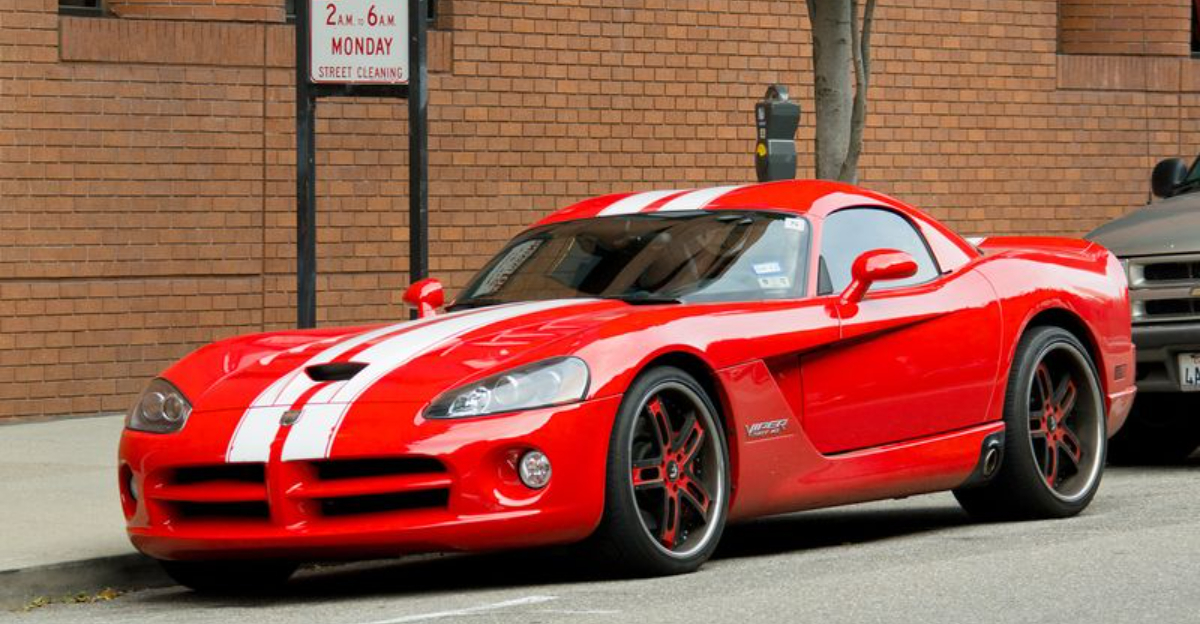
Concept cars often live in a world of wild promises and bold designs that never leave the stage lights.
But every so often, something crazy, futuristic, or flat-out cool makes the leap from dream to dealership.
When those imaginative shapes and out-there features survive the corporate grind and engineering hurdles, the result feels like a win for everyone who ever wanted a glimpse of tomorrow parked in their driveway.
Turning fantasy into reality doesn’t happen often, but when it does, it’s unforgettable.
1. Acura NSX (Honda NSX)
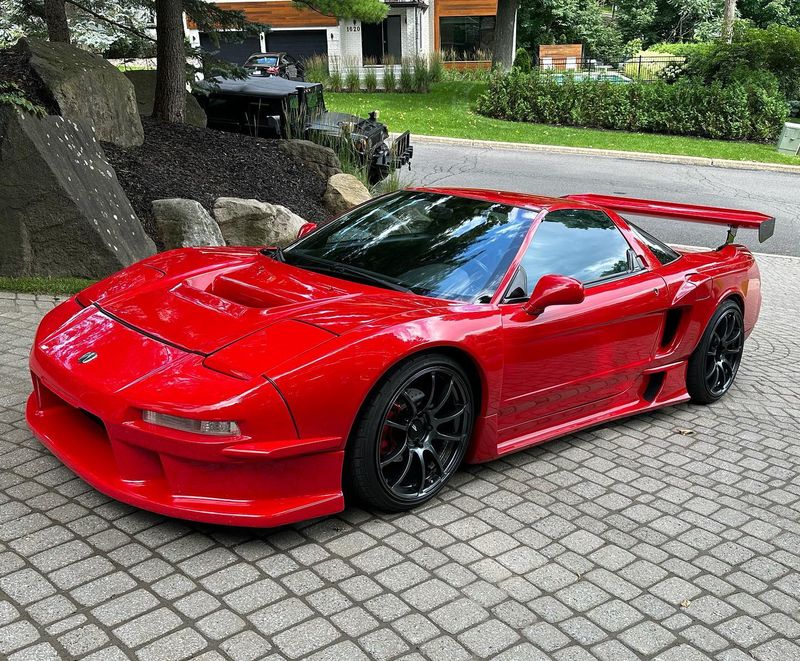
Jaw-dropping doesn’t begin to describe the reaction when Honda unveiled its NSX concept. Engineers didn’t just create a supercar – they reinvented what one could be.
The aluminum body kept weight down while the mid-mounted V6 delivered thrills without Ferrari-level maintenance nightmares.
The production version stayed remarkably true to the concept’s vision, bringing Formula One technology to everyday roads. Even Ayrton Senna helped fine-tune its handling. Talk about automotive royalty!
2. Audi TT
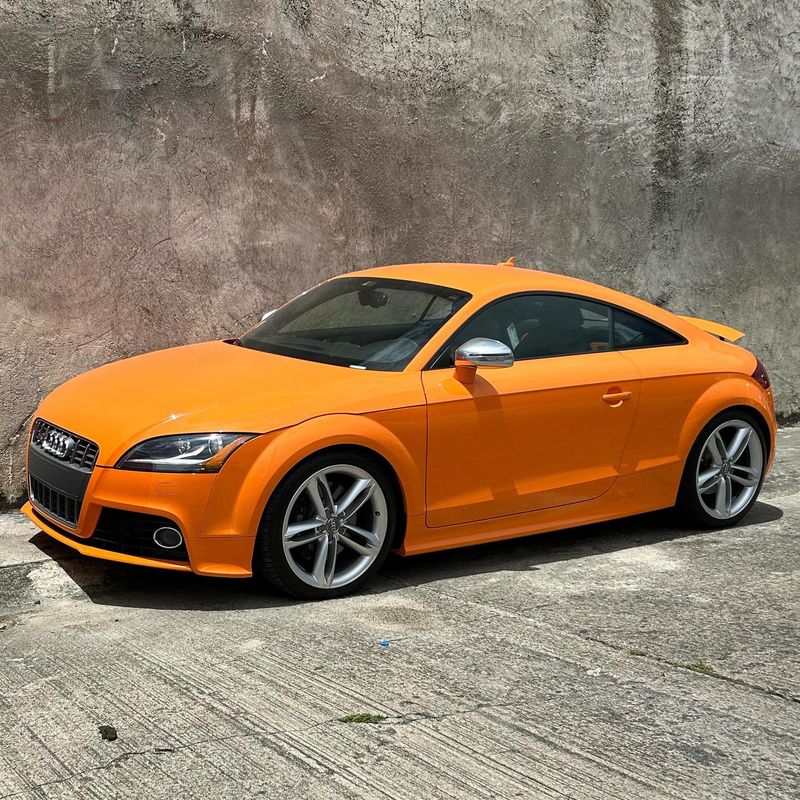
Bauhaus-inspired brilliance rolled onto the stage when Audi revealed its TT concept in 1995.
Unlike most concepts that get watered down, the production TT emerged in 1998 looking almost identical to its show car predecessor – a rare automotive miracle.
Those clean lines and perfect proportions made it an instant design icon. The interior was equally revolutionary with its aluminum accents and minimalist approach.
Fashion magazines featured it alongside clothing collections, proving great design transcends categories.
3. BMW i8
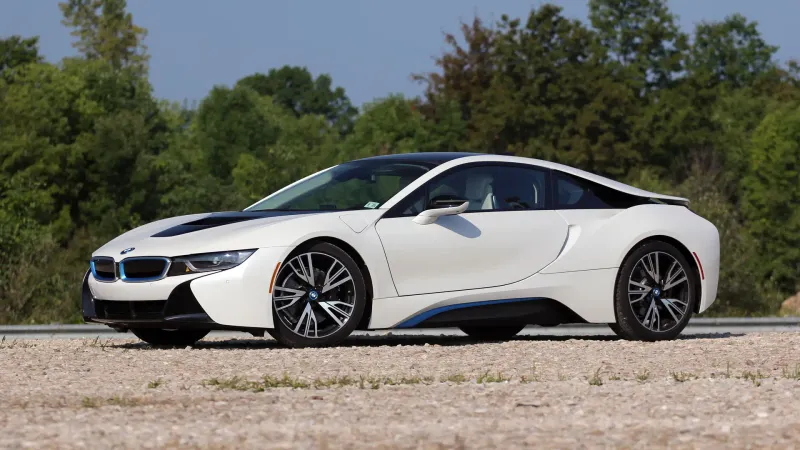
Straight from a sci-fi movie set, the BMW Vision EfficientDynamics concept seemed too radical for reality.
Yet somehow, the production i8 emerged looking nearly identical to its concept ancestor – butterfly doors and all!
The carbon fiber chassis and plug-in hybrid powertrain weren’t just for show. BMW actually delivered on its futuristic promises.
The i8 became the poster child for how performance cars could embrace electrification without losing their soul.
4. Chevrolet Volt

Revolutionary doesn’t quite capture what the Volt concept represented when it debuted in 2007.
General Motors, the company behind gas-guzzling Suburbans, suddenly unveiled a sleek plug-in hybrid that promised to redefine American driving.
Skeptics doubted GM would follow through, but they did. While the production model lost some of the concept’s sleekness, its groundbreaking extended-range electric drivetrain remained intact.
The Volt created an entirely new vehicle category and paved the way for mainstream electrification.
5. Chrysler ME Four-Twelve
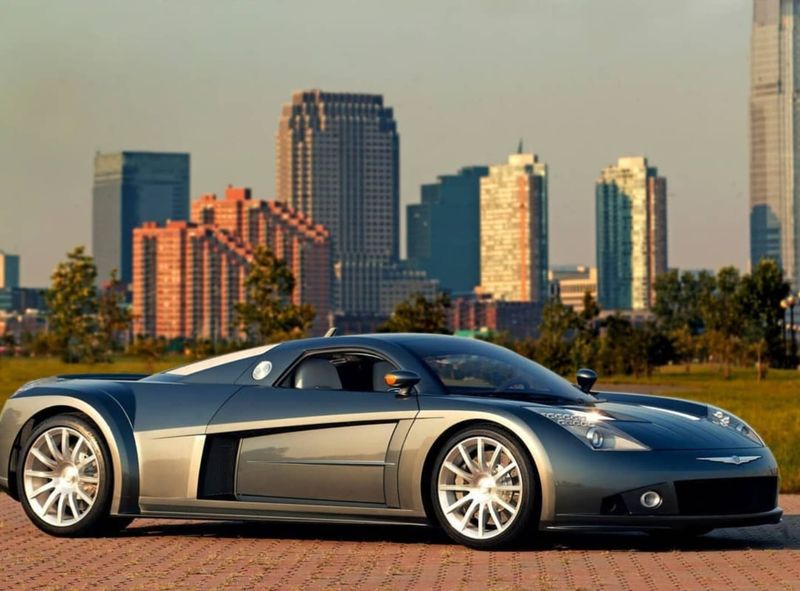
Lamborghini and Ferrari executives nearly choked on their espresso when Chrysler – yes, Chrysler – unveiled the ME Four-Twelve concept in 2004.
This wasn’t just ambitious; it was automotive insanity!
Named for its Mid-Engine design with Four turbochargers and Twelve cylinders, this 850-horsepower monster actually made it to working prototype stage.
While never fully mass-produced, functioning examples were built and tested, hitting 60 mph in under 3 seconds.
6. Dodge Viper

Automotive legend Bob Lutz once described the original Viper concept as “a kick in the teeth to the boring cars of the early ’90s.”
That concept – essentially an exercise in automotive excess – caused such a sensation that Chrysler had no choice but to build it.
Remarkably, the production version stayed true to the concept’s brutal simplicity. No driver aids, no exterior door handles, not even side windows!
Just a massive V10 engine and a body designed to terrify pedestrians. Automotive madness in the best possible way.
7. Ford GT (2005)
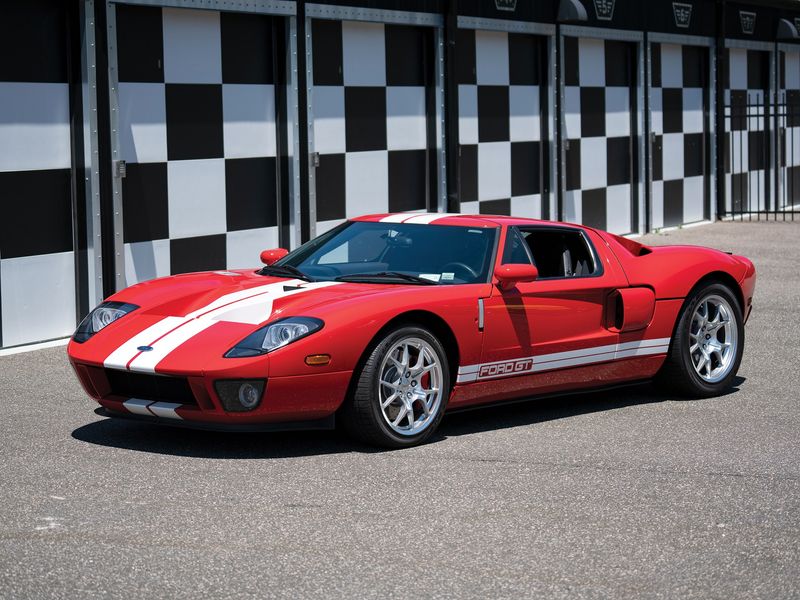
Centennial celebrations usually involve cake and speeches. Ford chose a different route for its 100th birthday – resurrecting an automotive legend.
The GT40 concept unveiled in 2002 was a modern take on the Ferrari-beating race cars of the 1960s.
Car enthusiasts collectively gasped when Ford announced they’d actually build it. The production GT stayed remarkably faithful to both the concept and its historical inspiration.
With a supercharged V8 mounted amidships, the road-going GT delivered supercar performance with a hefty dose of American muscle.
8. Infiniti FX
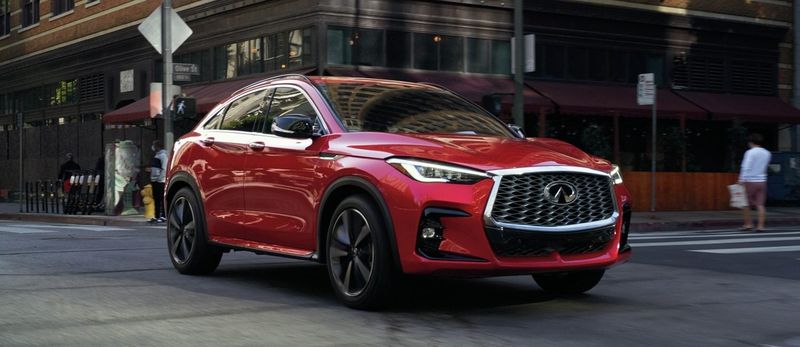
Crossovers weren’t supposed to be sexy until Infiniti’s FX concept showed up. Long hood, short overhangs, massive wheels – this thing looked more sports car than family hauler when it debuted.
Conventional wisdom said it would never reach production with those proportions. Conventional wisdom was wrong.
The production FX emerged with its concept car looks intact, including that impossibly long hood housing a powerful V8.
Biased toward on-road performance rather than off-road ability, it created the sports crossover segment we now take for granted.
9. Jaguar F-Type
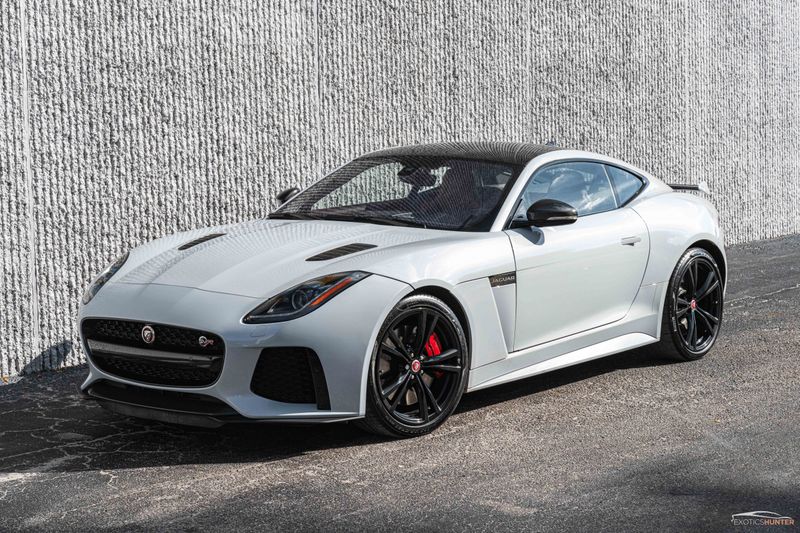
British racing green never looked so good as when Jaguar unveiled its C-X16 concept in 2011. After years of retro-styled cars, this sleek coupe signaled Jaguar’s future direction – and what a direction it was!
The transition to production as the F-Type maintained the concept’s sensuous curves and perfect proportions.
Jaguar even kept the concept’s side-hinged rear window for the coupe version. The exhaust note alone – a crackling, spitting symphony of internal combustion – made the F-Type worth every penny.
10. Lexus LF-A
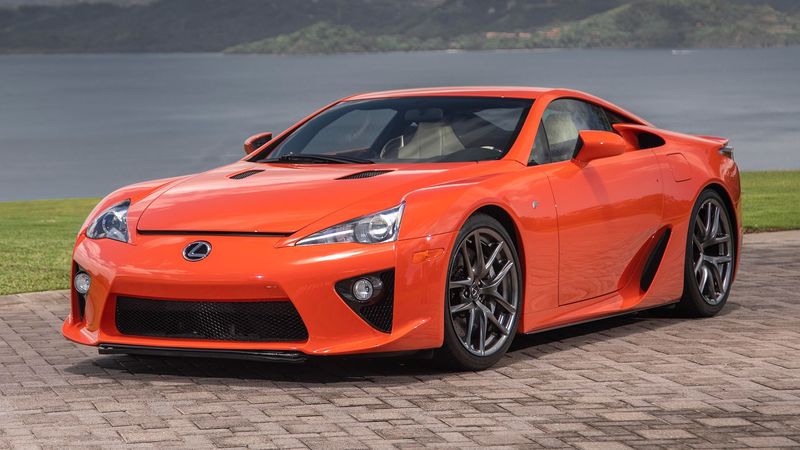
Nobody expected Toyota’s luxury division to create one of history’s most exotic supercars. The LF-A concept debuted in 2005, but most assumed it was just Lexus playing pretend supercar maker.
Ten years of obsessive development later, the production LFA emerged with a screaming V10 engine that revved so quickly it needed a digital tachometer.
Engineers crafted everything from scratch – even creating a special loom to weave the carbon fiber. Only 500 were built, each representing a $375,000 loss for Lexus, but creating priceless brand prestige.
11. Mazda RX-8
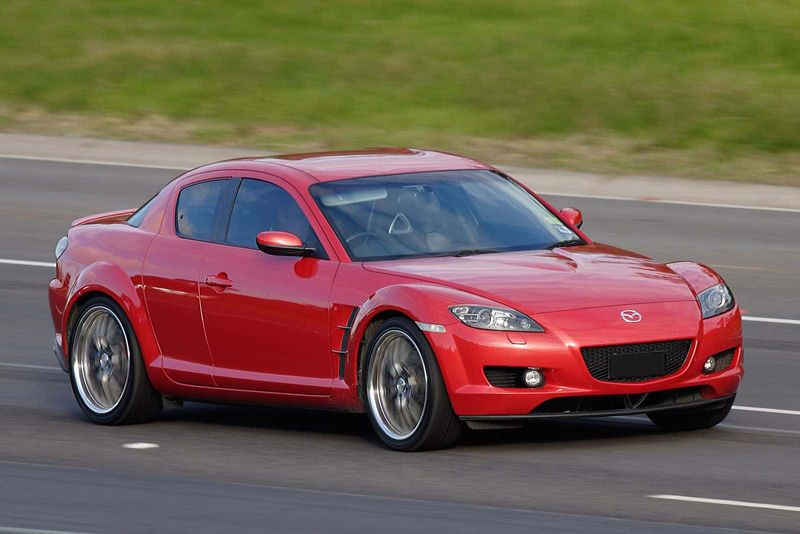
Rotary engines were supposed to be dead when Mazda unveiled its RX-EVOLV concept in 1999. Conventional piston engines had won the war, or so everyone thought. Mazda’s engineers had other ideas.
The production RX-8 not only preserved the concept’s revolutionary RENESIS rotary engine but also kept those wild freestyle doors – rear-hinged in back with no B-pillar between them.
Somehow they made this work in a production car that could rev to 9,000 rpm while carrying four adults in reasonable comfort.
12. Nissan GT-R (R35)

Godzilla reborn! The GT-R Proto concept promised the impossible: supercar-beating performance at sports car prices. Most figured the production version would be watered down significantly. Wrong again.
The R35 GT-R that followed was actually more aggressive than its concept predecessor.
Its twin-turbo V6 and advanced all-wheel-drive system created a giant-destroyer that embarrassed exotics costing three times as much on racetracks worldwide.
The computer-controlled systems were so advanced that early owners received cease-and-desist letters when they tried modifying them – a first in automotive history!
13. Porsche 918 Spyder

Hybrid hypercars weren’t even a category until Porsche showed its 918 Spyder concept in 2010.
Claiming it would combine a race-derived V8 with electric motors for nearly 800 horsepower while achieving 78 MPG seemed like fantasy.
Porsche engineers apparently don’t understand the word “impossible.” The production 918 delivered on every promise, including setting a production car record at the Nürburgring.
The concept’s removable roof panels, carbon fiber construction, and outrageous performance all made it to showrooms intact.
14. Tesla Cybertruck

Collective jaws hit the floor when Elon Musk unveiled the Cybertruck prototype in 2019.
That angular stainless steel body looked like something from a low-polygon video game, not a production vehicle blueprint.
Despite the infamous window-breaking demonstration and widespread skepticism, Tesla actually built the thing.
While some details changed, the production Cybertruck retained the concept’s radical exoskeleton design and bulletproof stainless steel body.
Love it or hate it, you can’t ignore it – exactly what Tesla intended all along.
